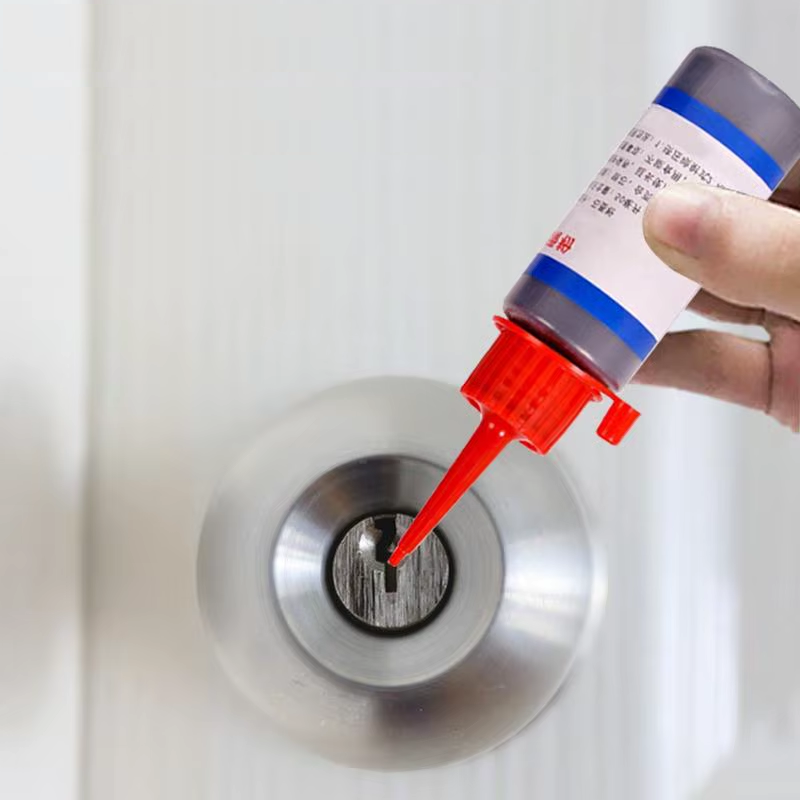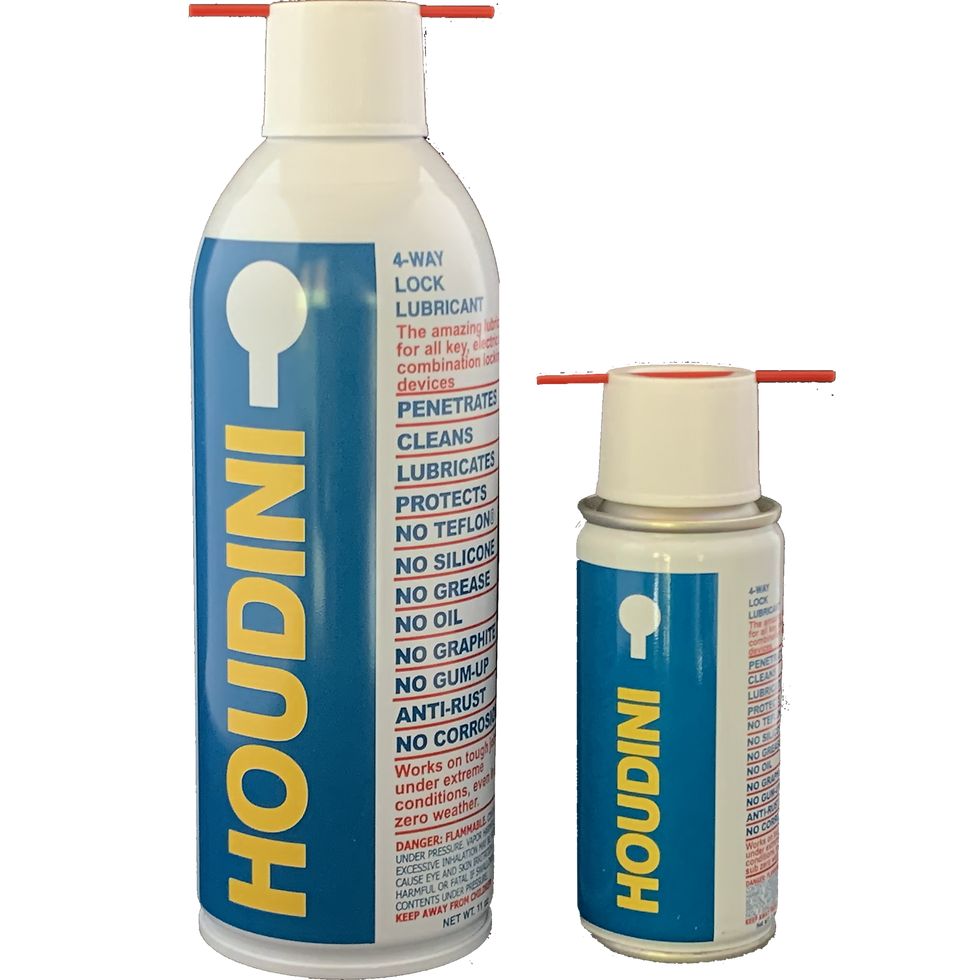Why Locksmiths Say Stop Using Graphite Powder in Modern Locks (and what to use instead)
- Locksmith@Pinky's

- 4 days ago
- 3 min read
Today I’m going to share what may be an unpopular opinion. But the time has come, and here it is: Graphite powder is FOOLS GOLD. DON’T USE IT. Let me explain.
A Brief History of Graphite in Locks

150 years ago until the late 1900s, graphite powder was a standard lubricant used in locksmithing. It was favored because it is dry, so it wouldn’t cause rust. The powder is fine enough that it wouldn’t impede the lock’s operation with friction. It's not affected by extreme temperature changes, and it was more readily available in a way that refined oils and synthetic lubricants just weren’t.

Why Graphite Worked in Antique Locks
In general, older locks tend to have larger mechanisms. For example, have a look at this antique mortise lock. Many homes around Milwaukee, such as those around our base area in the Historic Watertower Neighborhood, come with these wonderfully designed locks installed in nearly every door of the house. As you can see, the components are big and require a larger more spacious lock case to operate. As long as the entire lock is completely dry, adding dry graphite powder might work well as a temporary lubricant- until it has all fallen off into the spacious casing and needs to be replaced with more powder. It goes without saying that regular maintenance is a must for a lock like this to stay in good working order.
Why Today's Locks Need Different Treatment
Modern locks, on the other hand, are built much smaller with more intricate parts designed

for higher security. As with this classic Kwikset lock, which is installed in many modern residential doors, it is one of the simpler locks compared to many of today’s high-security rigs. Yet, look at the small spaces here. We may have tiny springs and pins that each fit into their specific chambers inside of a key cylinder roughly the width of your thumb, and that fits into its own lock body inside of a doorknob. This isn’t your mentor’s OG lock that welcomed as much graphite as you could pump into it. This is a precisely engineered environment where only what belongs there fits. So if you add extra solid material to this space (such as graphite), you are adding to the development of what we call in the business a “jam”.
The Graphite Trap: Why More Isn't Better

You see, the cycle of pumping graphite into a dry lock begins with temporary lubrication of all the metal parts the powder comes into contact with; and it ends with the powder falling off of those parts and piling up in the base of the lock chambers. Because adding graphite did maybe work for a few key turns, the common reaction people have to “it’s not working anymore” is “I’ll just add more graphite”. The cycle begins again, and more powder accumulates in the chambers and on the mechanisms inside. Not only does the volume of powder interfere with the operation of the parts, it's basically like gradually packing your lock with cement. Why? Because unless your lock was completely dry to begin with-
meaning no moisture of any kind, no oil or wet lube was present, the graphite powder binds with the wet material and becomes gummy or even hardened, causing the lock to become completely jammed.
What to Use Instead
Folks, if the lock wasn’t working well in the first place, adding graphite powder will not repair it.
The Right Lubricant: Houdini Lock Lube is a non-oil based lubricant that is frankly the best product available for lubricating locks. Use it when:
Your lock is working but feels a bit sticky or stiff (this often happens in the winter)
You're doing preventive maintenance on a functional lock
The lock is completely dry (no existing graphite, moisture, or oil)
When to Call a Locksmith: Sometimes lubrication isn't the answer. You need professional help when:
Your lock is already full of graphite powder
The graphite has solidified or created a gummy jam
Your key is hard to turn, gets stuck, or won't go in all the way
The lock wasn't working well to begin with (because lube doesn't repair broken parts)
The lock cylinder feels gritty, crunchy, or you can see debris in the keyway
You've tried lubricating it and the problem keeps coming back
I can't tell you how many locks I've had to clean the graphite out of before I could work on them. And here's the thing - many graphite lube manufacturers would rather you buy more of their product than use it sparingly, so those warnings are buried in fine print, if they exist at all. But now you know better, and you can tell your friends: DON'T PUT GRAPHITE IN YOUR LOCKS. Just don't. Use a proper lock lube instead. Your locks (and your locksmith) will thank you!




Comments